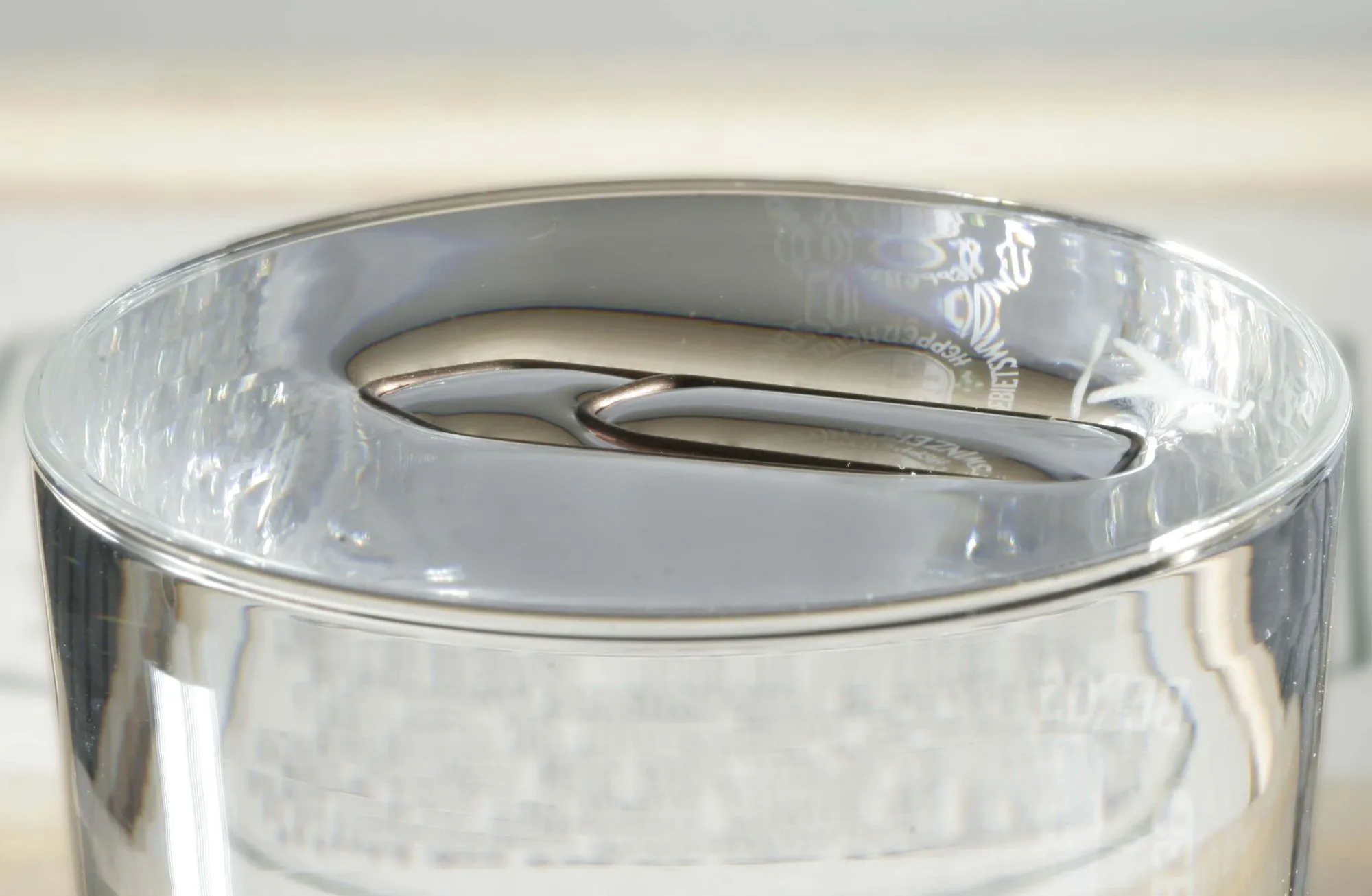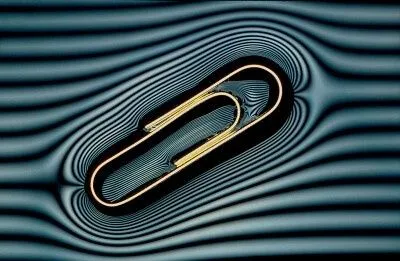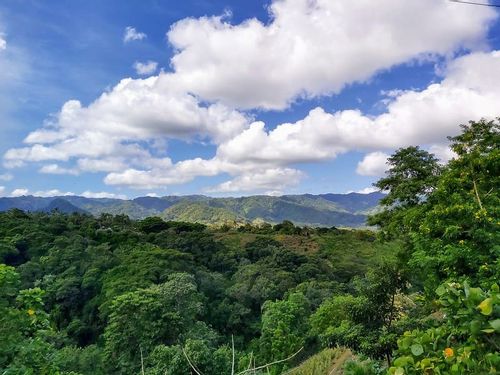FOR ALL AGES
Sometimes science can seem a little bit magical, so why not amaze your children with this nifty trick before teaching them the science behind it.
Let your kids' jaws drop to the floor as you make a paper clip float on water and discover the laws of surface tension with this easy and exciting science experiment. Your floating paper clip could inspire a whirlwind of learning and exploration into the wonderful world of science.
You will need:
A paperclip (or a few)
Kitchen Roll
A bowl of water
A cotton bud or a pencil with a rubber on the end
Optional: baby powder or laundry detergent

To really WOW your kids, you should get them to try and make their own paperclips float first. They will drop them into the water and see them sink to the bottom rendering it impossible for you to do. Then you can shock them with the simple use of your kitchen roll to help you out:
1. Fill your bowl about 3/4 full of water
2. Next, place a small square of tissue paper on the surface of the water, trying to make sure that you place it down evenly do the tissue itself doesn't sink.
3. Once your tissue is floating, place your paper clip on the tissue trying to touch the water or the tissue with your fingers.
4. Then if your paperclip is sitting happily on top of your kitchen roll (it may take a couple of tries) then you can use your cotton bud or the rubber end of the pencil to push the piece of tissue away from underneath the paperclip and then you should have your very own floating paper clip!

Image © Armin Kübelbeck
So how does it work? Well, this all comes down to the idea of surface tension. Water molecules are packed very tightly together, and being a liquid the molecules are highly adaptable to shape. Surface tension is the idea of a 'skin' being created on the surface of the water where the molecules pack tightly together to hold what is floating on top of it, so given the right push, the skin of the water can pack tightly enough to hold up the weight of the paper clip; giving it the illusion of floating.

Image © Robert D. Anderson
There are lots of things you can do to make this more of a science experiment and engage your children with scientific thinking.
1. Try adding some detergent or baby powder to your water - does your paperclip sink? and if so, why? The detergent may interfere with the surface tension of the water by acting as a 'surfactant' so your paperclip may not float as easily.
2. What about if you change the shape of the paper clip?
3. Float paper instead of tissue and see if that changes the experiment.
4. How many paper clips can the surface tension hold?
It is always fun to record the results of your experiments and helps children learn about the importance of theories and the experiments that prove them. Why not create a table of all the different ways you try to float the paperclip so that you can compare your results at the end?
Read The Disclaimer
At Kidadl we pride ourselves on offering families original ideas to make the most of time spent together at home or out and about, wherever you are in the world. We strive to recommend the very best things that are suggested by our community and are things we would do ourselves - our aim is to be the trusted friend to parents.
We try our very best, but cannot guarantee perfection. We will always aim to give you accurate information at the date of publication - however, information does change, so it’s important you do your own research, double-check and make the decision that is right for your family.
Kidadl provides inspiration to entertain and educate your children. We recognise that not all activities and ideas are appropriate and suitable for all children and families or in all circumstances. Our recommended activities are based on age but these are a guide. We recommend that these ideas are used as inspiration, that ideas are undertaken with appropriate adult supervision, and that each adult uses their own discretion and knowledge of their children to consider the safety and suitability.
Kidadl cannot accept liability for the execution of these ideas, and parental supervision is advised at all times, as safety is paramount. Anyone using the information provided by Kidadl does so at their own risk and we can not accept liability if things go wrong.
Kidadl is independent and to make our service free to you the reader we are supported by advertising.
We hope you love our recommendations for products and services! What we suggest is selected independently by the Kidadl team. If you purchase using the buy now button we may earn a small commission. This does not influence our choices. Please note: prices are correct and items are available at the time the article was published.
Kidadl has a number of affiliate partners that we work with including Amazon. Please note that Kidadl is a participant in the Amazon Services LLC Associates Program, an affiliate advertising program designed to provide a means for sites to earn advertising fees by advertising and linking to amazon.
We also link to other websites, but are not responsible for their content.
Was this article helpful?



Browse Category



We’ll send you tons of inspiration to help you find a hidden gem in your local area or plan a big day out.



Check your inbox for your latest news from us. You have subscribed to:
Remember that you can always manage your preferences or unsubscribe through the link at the foot of each newsletter.